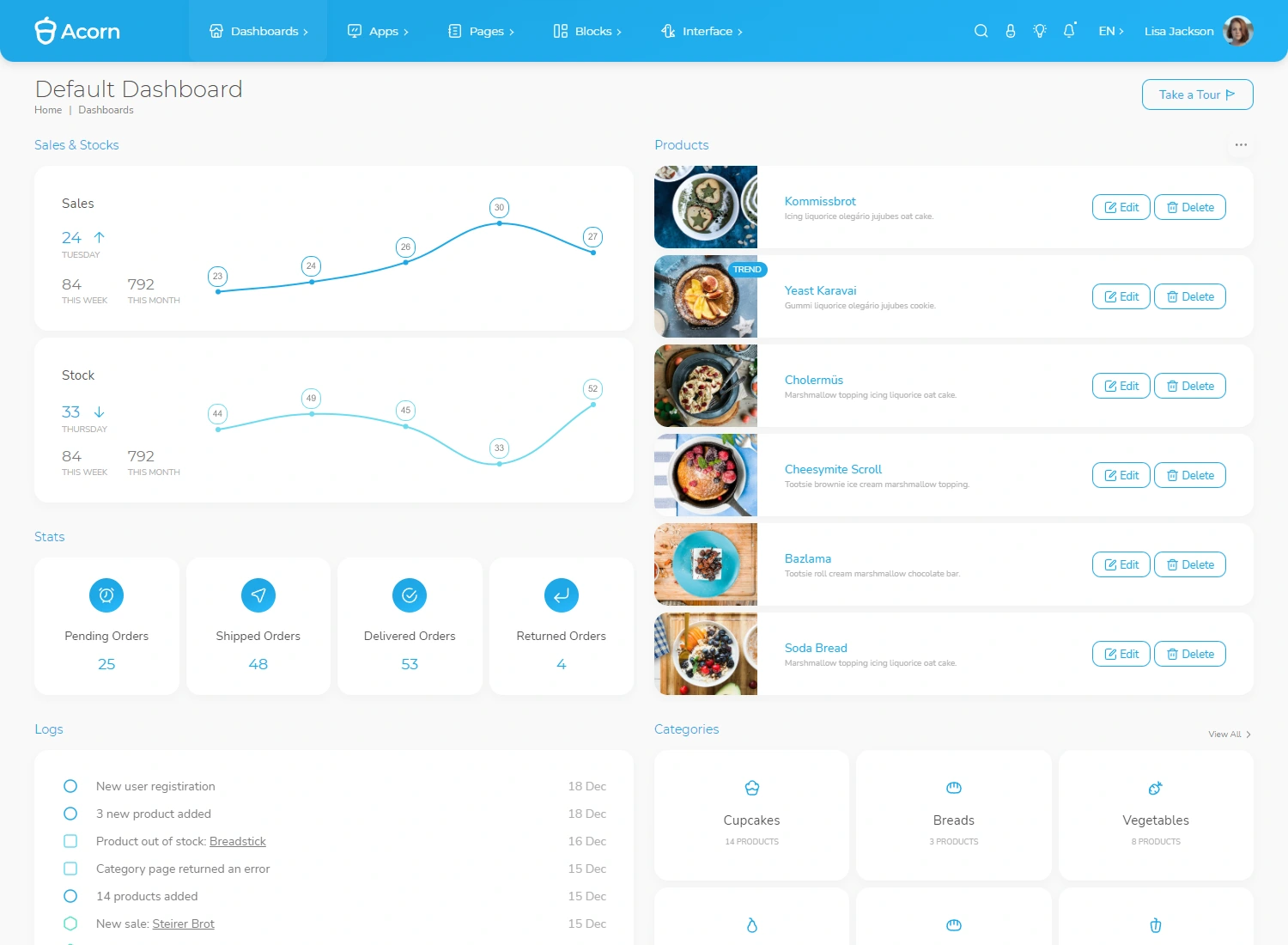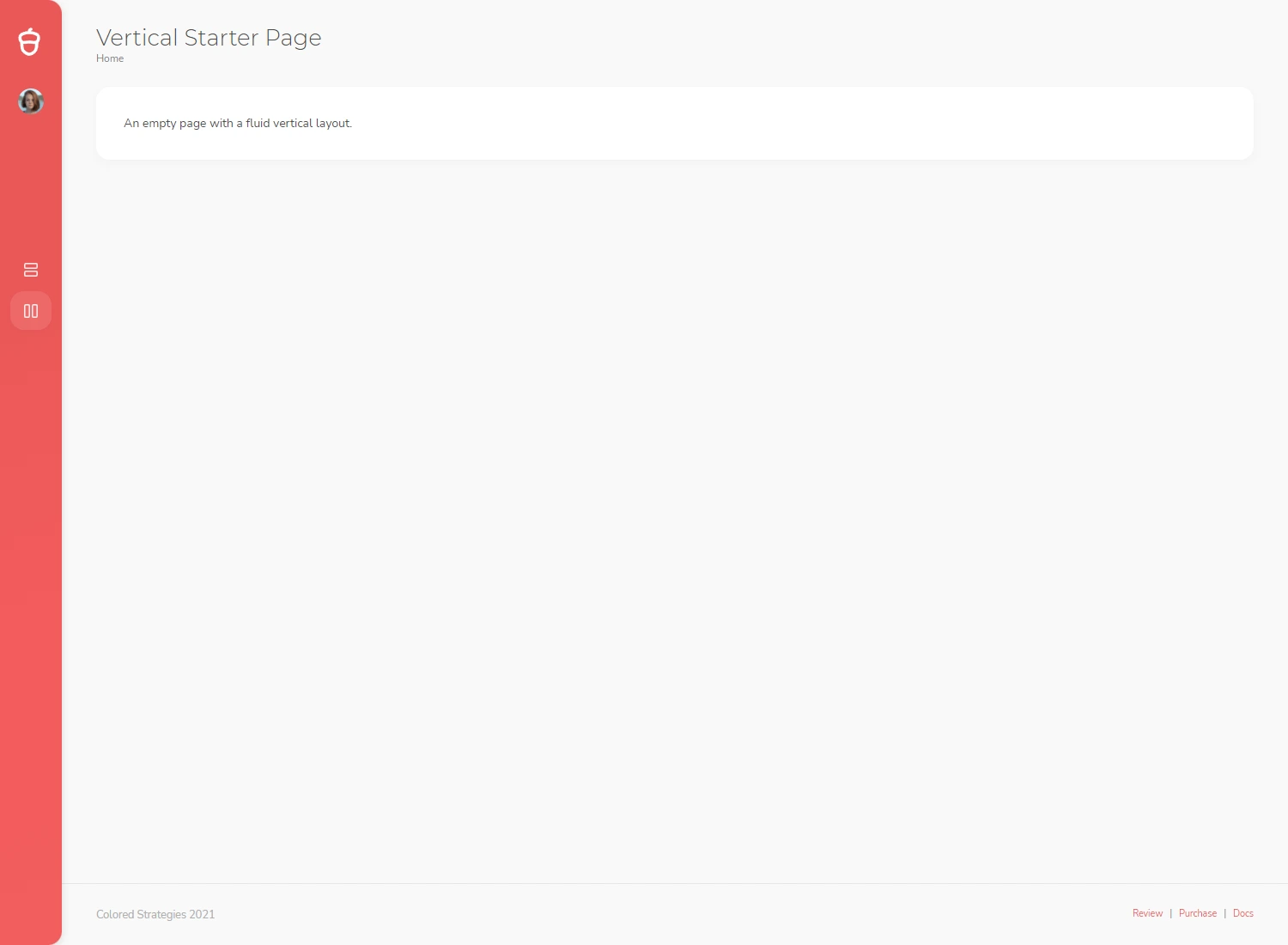India’s Renewed Maritime Strategy in the Indian Ocean
India and Mauritius: A Deepening Strategic Partnership
During his two-day visit to Mauritius, Prime Minister Narendra Modi launched the MAHASAGAR vision, a comprehensive initiative aimed at enhancing India’s maritime influence in the Indian Ocean Region (IOR). This follows the SAGAR doctrine, first introduced in 2015 in Port Louis, Mauritius.
Mauritius, with its population of 1.2 million, has a strong Indian diaspora and has historically been one of India's closest allies. It is also among the most economically stable nations in the developing world, with a GDP of $14 billion, expected to double by 2029.
India’s support to Mauritius has been evident in several instances:
- Environmental Security: In April 2020, India provided assistance when an oil spill threatened the Mauritian coast.
- Health Cooperation: During the COVID-19 pandemic, India delivered vaccines and medical supplies.
- Disaster Relief: After Cyclone Chido (December 2024), India was the first responder, providing humanitarian aid and disaster relief (HADR).
These actions reinforce India’s commitment to the region, positioning itself as a reliable partner amid growing global uncertainties.
The Geopolitical Context: The Indian Ocean as a Strategic Battleground
The Indian Ocean Region (IOR) has emerged as a critical geopolitical flashpoint, with major powers vying for influence. Historically, Britain and France controlled key maritime outposts, and today, China and the United States are shaping new strategic realities.
China’s Expanding Presence
China’s Belt and Road Initiative (BRI) has given it a substantial foothold in the region:
- Sri Lanka: China financed the Hambantota Port, which later fell under 99-year Chinese control due to debt distress.
- Maldives: Beijing has increased economic and military cooperation with Male, raising concerns in India.
- Djibouti: China established its first overseas military base, enhancing its ability to project power in the IOR.
Despite its economic generosity, China has been criticized for debt-trap diplomacy, leaving nations like Sri Lanka and Pakistan struggling with crippling financial obligations.
US and France as Resident Powers
- The United States maintains a strategic presence at Diego Garcia, hosting military installations in the heart of the IOR.
- France, through Réunion, retains a territorial presence in the region.
With the US shifting to a more transactional foreign policy under Donald Trump’s second term, many smaller nations in the IOR are reconsidering their alignments.
India’s MAHASAGAR Vision: A Response to Global Power Play
Objectives of MAHASAGAR
The MAHASAGAR vision is designed to:
- Strengthen Maritime Domain Awareness (MDA): Enhancing surveillance capabilities to combat illegal fishing, piracy, and trafficking.
- Expand Security Cooperation: Building regional partnerships to counter external threats and bolster coastal security.
- Develop Blue Economy Initiatives: Promoting sustainable fisheries, renewable energy, and eco-tourism.
- Increase Infrastructure Investment: Supporting the development of port facilities, connectivity projects, and naval bases.
- Enhance Capacity-Building Efforts: Providing training and technological support to regional partners.
India aims to work closely with Mauritius in achieving these goals, making Port Louis a central hub for regional security cooperation.
Challenges to Implementation
While MAHASAGAR is a bold vision, its success depends on effective execution. Some major challenges include:
- Lack of Institutional Strength: Past maritime policies suffered from poor execution due to bureaucratic inefficiencies.
- Inadequate Monitoring Mechanisms: Without a robust evaluation system, tracking progress remains difficult.
- Coordination with Other Global Partners: The initiative must be harmonized with Quad and Indo-Pacific strategies.
An objective review of SAGAR’s successes and failures could provide a blueprint for improving MAHASAGAR’s execution.
Quad and Indo-Pacific Considerations
India’s Indo-Pacific strategy is deeply connected to its IOR engagements. The Quad (India, US, Japan, Australia) plays a significant role in ensuring freedom of navigation, regional stability, and economic connectivity.
Aligning MAHASAGAR with the Quad’s objectives could bolster:
- Joint military exercises (e.g., Malabar Naval Exercise).
- Infrastructure projects for regional connectivity.
- Strategic alignment in countering China’s aggressive posturing in the IOR.
However, India must ensure that its maritime strategy remains independent, balancing relations with both Western allies and Global South partners.
The Road Ahead: Ensuring India’s Leadership in the IOR
To fully realize MAHASAGAR’s potential, India must focus on:
- Institutional Strengthening: Establishing a Maritime Coordination Task Force to monitor progress.
- Capacity Building: Expanding naval cooperation and coast guard partnerships in smaller IOR nations.
- Economic Investments: Financing sustainable blue economy projects to enhance regional resilience.
- Countering China’s Debt-Trap Diplomacy: Offering low-interest loans and alternative funding models.
- Leveraging Mauritius as a Diplomatic Hub: Utilizing Mauritius as a regional center for policy coordination.
With China expanding its influence and the US becoming more transactional, India has a unique opportunity to position itself as the most credible and empathetic power in the Indian Ocean Region.
Conclusion
India’s MAHASAGAR vision is a significant step in reinforcing its leadership in the Indian Ocean. While China’s BRI poses challenges and US foreign policy remains unpredictable, India has an opportunity to provide long-term stability, security, and economic growth in the region. However, the success of MAHASAGAR depends on robust institutional backing, strategic execution, and greater diplomatic agility.
By effectively harnessing its partnerships, India can consolidate its position as the leading maritime power in the IOR, ensuring both regional stability and economic prosperity.





